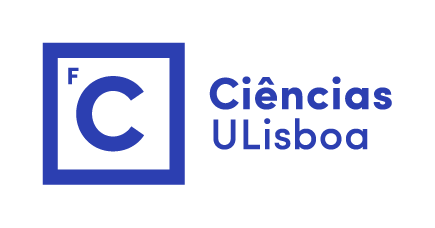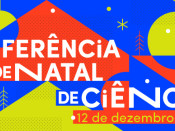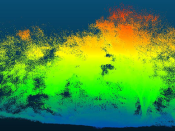Risk Measure in Practice: how to choose it, how to test it
Marie Kratz
ESSEC Business School, CREAR, France
Risk measure has become a fundamental tool to compute solvability of financial institutions. Therefore, it has caused many controversies for the choice of the best measure to use in practice. Expected Shortfall (ES) has been widely accepted as a risk measure that is conceptually superior to Value-at-Risk (VaR). Recently, however, ES has been criticized for issues relating to backtesting, as it has been found not to be elicitable, which means that backtesting for ES is less straightforward than, e.g., backtesting for VaR. Expectiles have been suggested as potentially better alternatives to both ES and VaR. In this paper, we revisit commonly accepted desirable properties of risk measures like coherence, comonotonic additivity, robustness and elicitability. We introduce the concept of conditional elicitability, which is a property satisfied by ES. We also consider the impact of these risk measures on capital allocation, an important issue in risk management and practical applications. We find that, despite the caveats that apply to the estimation and backtesting of ES, it remains a good risk measure. As a consequence, there is no sufficient evidence to justify an all-inclusive replacement of ES by Expectile in applications, all the more since its underlying concept is less intuitive than the concepts for VaR or ES. We propose an empirical approach that consists in replacing ES by a set of four quantiles, which should allow to make use of backtesting methods. Based on this idea, we develop a new implicit backtest for ES, as handy as for VaR.
This talk is based on two studies: one (in Journal of Risk, 2015) with S. Emmer (Crédit Suisse, Zurich) & D. Tasche (PRA - Bank of England), the other (ongoing work) with Y. Lok & A. McNeil (Heriot Univ., Edinburgh).
Distribution-free Shewhart-Lepage
Type Fuzzy Control Schemes for Simultaneous Monitoring of Location and Scale
Amitava Mukherjee
Xavier School of Management, Production, Operations and Decisions Area, Jamshedpur, India
Distribution-free or nonparametric process control schemes are often preferred over traditional schemes as these schemes do not require any assumption related to the underlying process distribution, such as normal. Consequently, distribution-free schemes are robust for all types of continuous process distributions and therefore, are more useful in practice. We review the distribution-free Shewhart-Lepage (SL) type control scheme, introduce a competitor of such scheme and further propose a fuzzy control scheme for joint monitoring of the location and scale parameters of a process. We study the design and implementation procedures in detail. We also carry out detailed performance comparisons among various schemes, in terms of the mean, standard deviation, median together with some percentiles of the run length distribution. Our numerical findings, based on Monte-Carlo simulation are extremely interesting and it shows that the fuzzy control scheme is more efficient compared to other schemes when the underlying distribution is heavy-tailed or skewed. We illustrate the implementation of the proposed chart using real data from a manufacturing process.
Keywords: Nonparametric; joint monitoring; fuzzy chart; max control chart; Monte-Carlo simulation; Shewhart-Lepage chart.


















